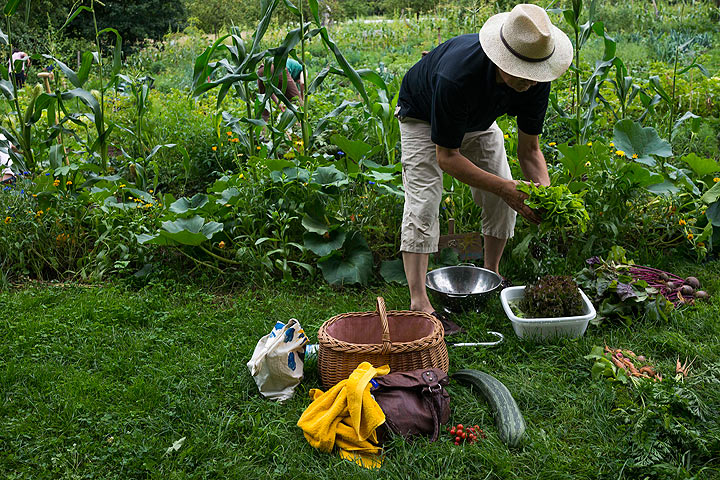North Americans are a restless bunch. They change locations with a frequency that would tire a migrating songbird.

But there is more to moving day than unpacking boxes; there’s also learning to care for that garden inherited with the new home.
If you were thinking ahead, you asked for an inventory of the plants and accessories that came with the house.
“There’s no problem with asking owners for a list of landscape items and for an explanation about the plantings,” said Shirley French, an agent with the Woodstock, Va., office of Funkhouser Real Estate Group. “Usually, the owners are more than happy to give you a list. In fact, if they know the purchasers are interested, that will make for good feelings on both sides.”
Gardening priorities are determined mostly by the seasons. You won’t be mowing the lawn in February, although you might be combing the seed catalogues.
But where to start with a newly purchased property?

Get breaking National news
Michael Becker, president of Estate Gardeners Inc. in Omaha, Neb., suggests that putting safety first.
“Check out the dangers,” said Becker, a spokesman for Planet, the Professional Landcare Network that certifies green industry professionals. “Are the retaining walls stable? Are any trees leaning or diseased with dead branches?
“Assess the hardscape,” Becker said. “Is anything heaving, creating tripping hazards? Examine the drainage around the house. More often than not, it isn’t correct and may be damaging the structure. Bring in some professionals to help sort things out.”
As for plantings, be patient with the perennials.
“Go through the seasonal changes,” Becker said. “Learn what things look like in your yard. Determine if it’s aesthetically what you want, or if it’s so high-maintenance you won’t have the time to care for it. Most perennials need pruning and deadheading.”
Other things to consider when dealing with an unfamiliar landscape:
- Make note of the average frost dates. Do soil tests. Map the yard for sun and shade. “If you live in the city and all you have is a porch or a patio to work with, where is all that water going to go that you’ll be putting on plants?” asked Josh Kane, president and head designer at Kane Landscapes Inc. in Sterling, Va. “Also, where do you get the water? You’ll have to figure out how to care for everything.”
- Water fixtures. “Look for care instructions when dealing with special features,” Kane said. “A lot of people get put off or are scared of things like koi ponds, pools and fountains that require startups, maintenance and attention during the seasons.”
- Don’t try to do everything the first year. Mulching will keep the weeds down. Composting will improve the soil. Bringing in some annuals for window boxes, hanging baskets or containers will provide instant colour. “Nothing gives you as much impact in a garden as planting annuals,” Kane said.
- Anticipate. Avoid planting trees or shrubs near sewer or water lines, to prevent root damage. Study the plat map for restrictions that could prevent expansions or additions. “A lot of people might want to build a big outdoor room or pool and find they can’t do it because of an easement on the property,” Kane said.

Comments